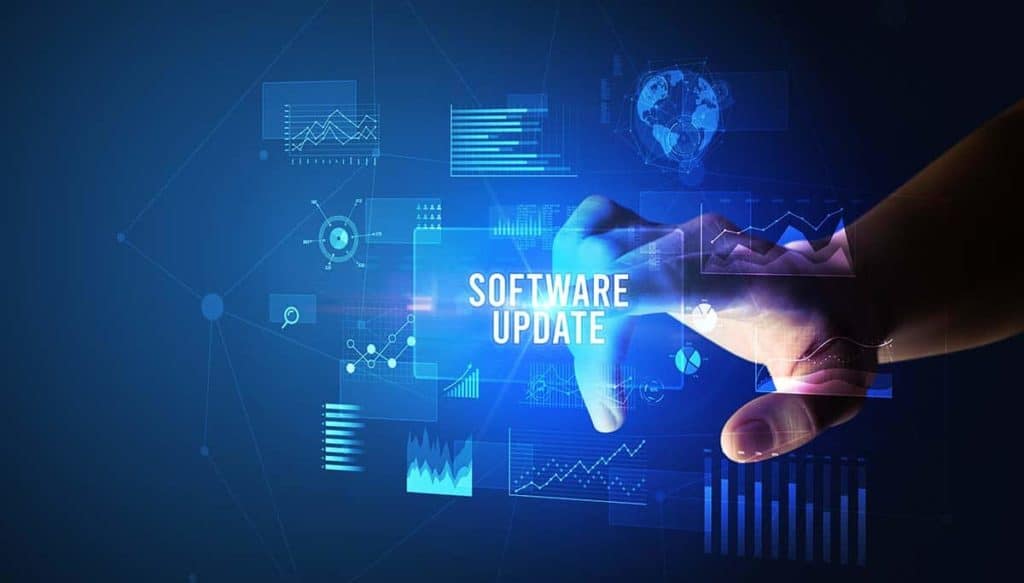OptaSense, a Luna company, is excited to announce the release of Version 2.9 of the OptaSense DxS Browser Visualization Software suite. The software allows users to easily integrate large distributed data sets into workflows, including 3D depth, time, and measurement data, while managing quality control, analysis, and interpretation.
Incorporated into the DxS version 2.9 browser visualization software release are several major improvements, including:
Sparse Data Set Visualization
The DxS version 2.9 charting framework has been upgraded to provide a mode for displaying very sparse datasets, by removing the gaps between data segments and displaying the data on a non-linear time scale. This enhancement will provide support for analyses of datasets involving looking for long-term trends and easier comparison of datasets captured at widely separate time intervals. At the same time, the representation of areas on the waterfall where no data is available has been changed to make it more readily distinguishable from areas of low signal
DTS Datum Trace Import and Export
Additionally, the DxS version 2.9 browser visualization software will now allow DTS data datum traces to be shared between projects and datasets for consistent and efficient data analyses.
Time-shift Capability for Imported Curves
Furthermore, the new DxS Browser now allows users to clean up imported data series (curves) by applying timestamp corrections.
Enhanced Data Tree Refresh Button Operation
In addition, the usability of the DxS Browser has been enhanced in version 2.9 by allowing the data tree to be refreshed readily when curves have been modified by DxS plugins.
Transferable Waterfall Color Maps
Likewise, both the color map and the color map limits in version 2.9, can now be copied from one waterfall to another, improving user efficiency when presenting data.
Interpolating Line Plots
Finally, the user can now select interpolation across large gaps when drawing line plots of sparsely or unevenly sampled data series.


